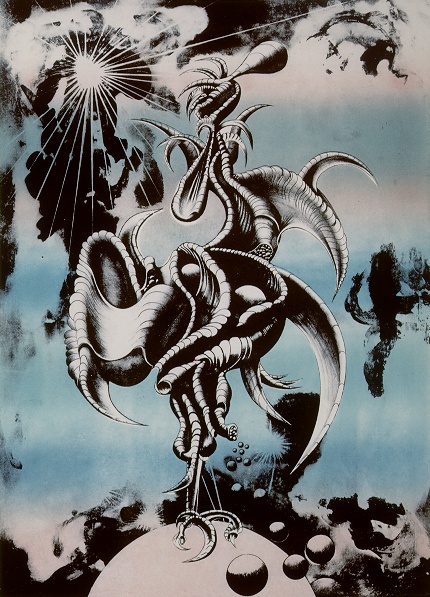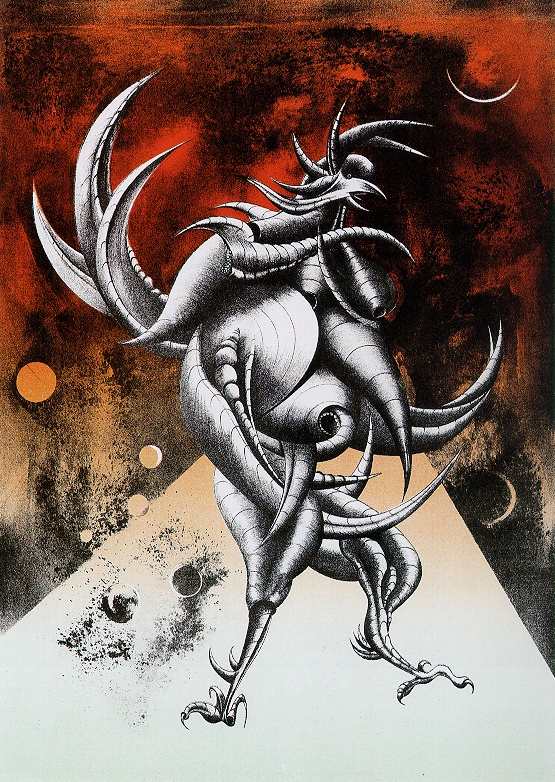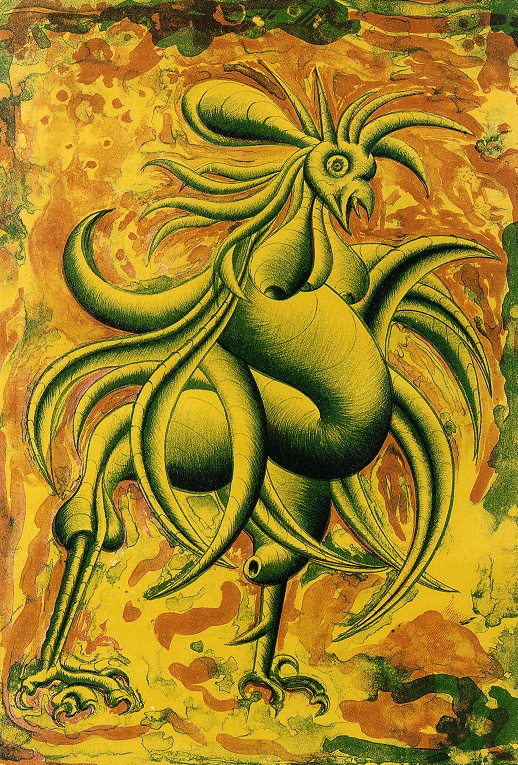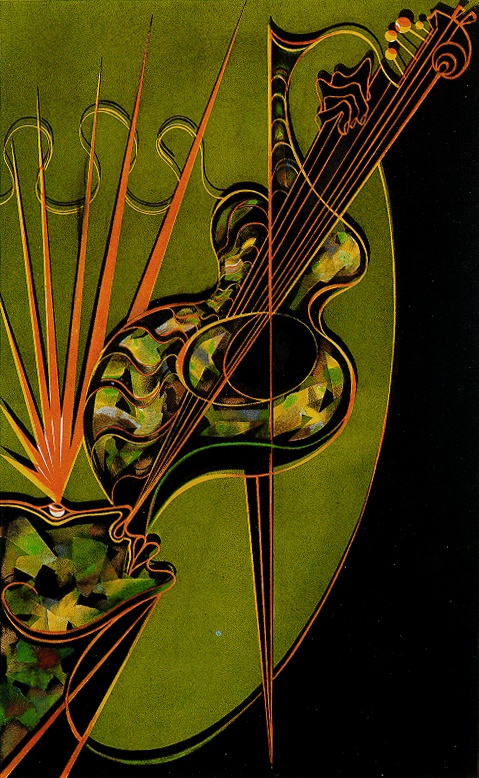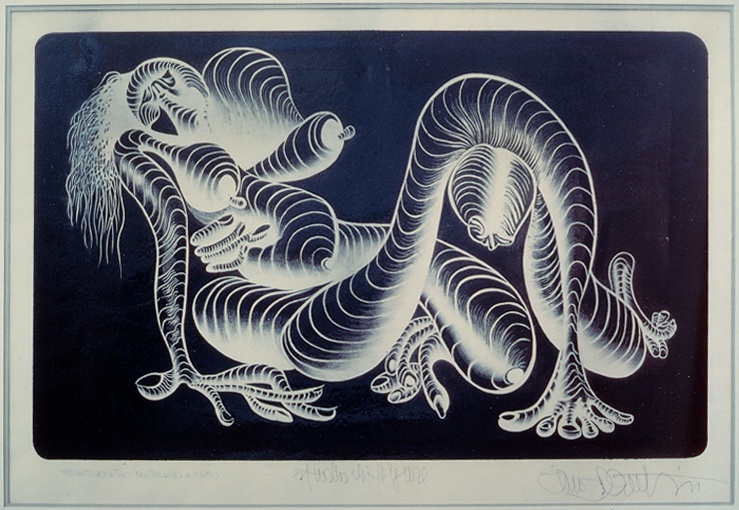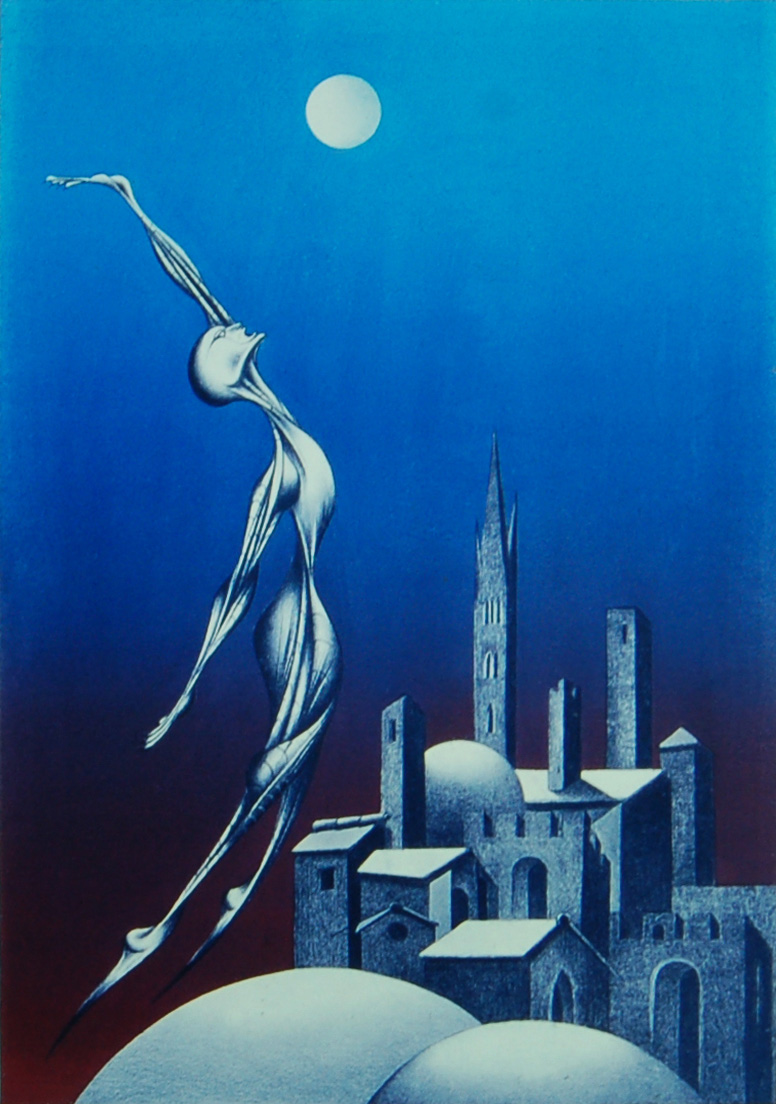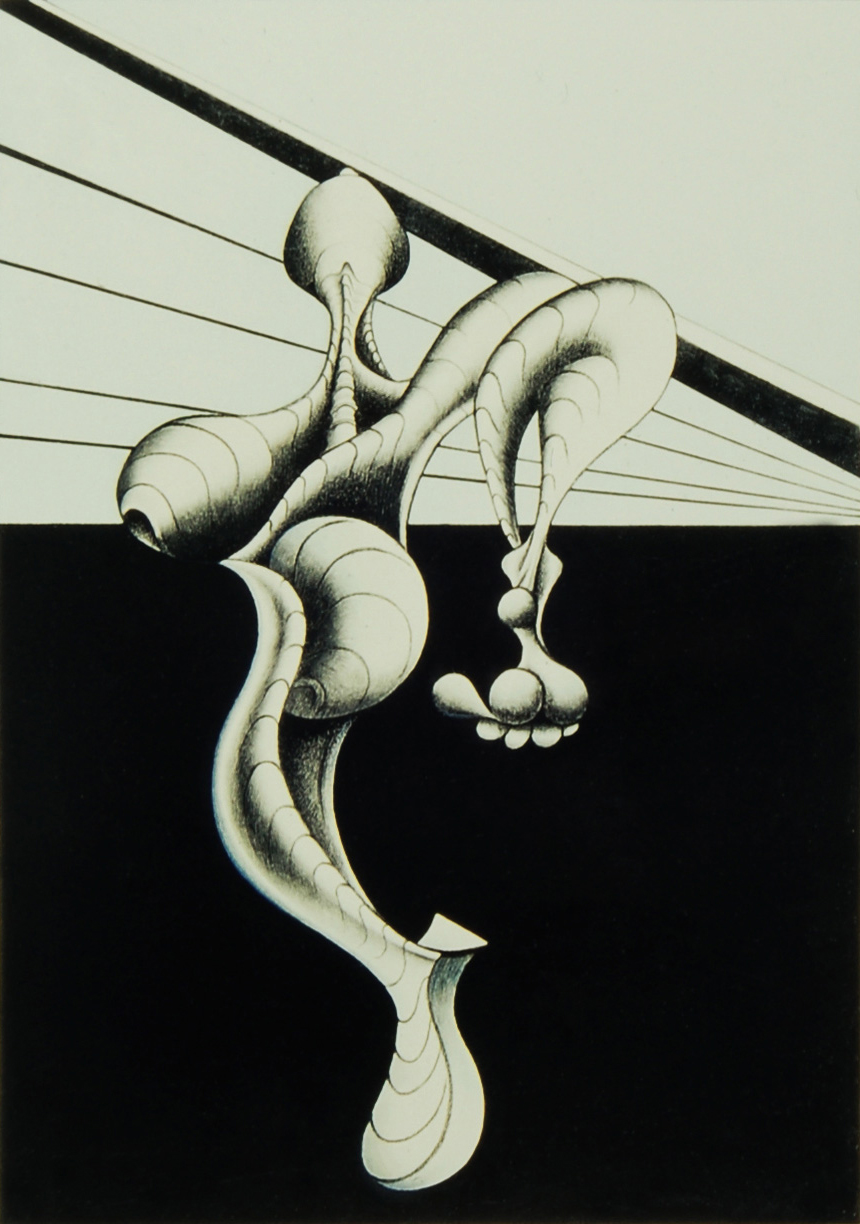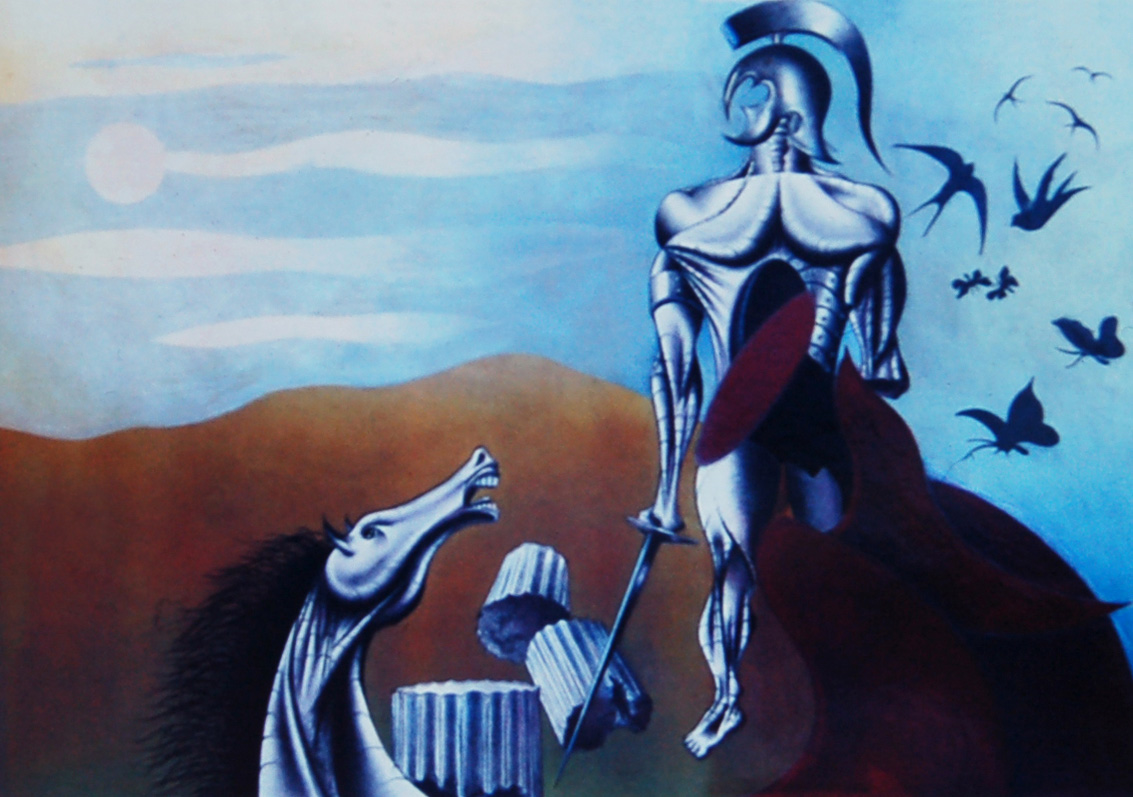MY LITHOGRAPHY
Lithography (from ancient Greek lithos, meaning ‘stone’ and gràphein, meaning ‘to write’) is regarded, as the most important among graphic techniques. Not a long time had passed since the discovery of the principle of lithography in 1796 in Solnhofen, Germany that stone slabs were replaced by steel or zinc plates. This process however is still called - for no other reason than the economic one- lithography. This despite the fact that many great artists, namely Goya and Picasso used stone slabs for their works.
In Sofia, where I stayed for a long time at the invitation of the Bulgarian Ministry of Culture, the lithographic base employed moulds imported directly from Solnhofen along with presses, stones and other lithography materials when in Italy printing houses had disappeared. During that exciting experience in Bulgaria my master lithographer Liubomir Yordanov supported my learning with passion and true friendship. Together we attended the international graphic base of Samokov where I obtained the graphic art techniques diploma. I left that country and my friends from the printing works with a very original gift: a special press whose uniqueness consists in its capacity to suit any graphic technique, from lithography to etching. A press constructed for me clandestinely during the communist rule.
I repeated my Bulgarian experience many times in other parts of the world.
The principle of lithography is very simple. The images are drawn with a greasy crayon on a smooth, level stone plate, mainly composed of calcium carbonate. The non-image parts of the surface retain a thin film of water, which the grease repels. When ink is rolled over the surface, it will only stick to the greasy image area. Therefore the sheet of paper that is fed through the press will only receive the ink deposited on the image area. The ink image on the paper is then allowed to dry.
